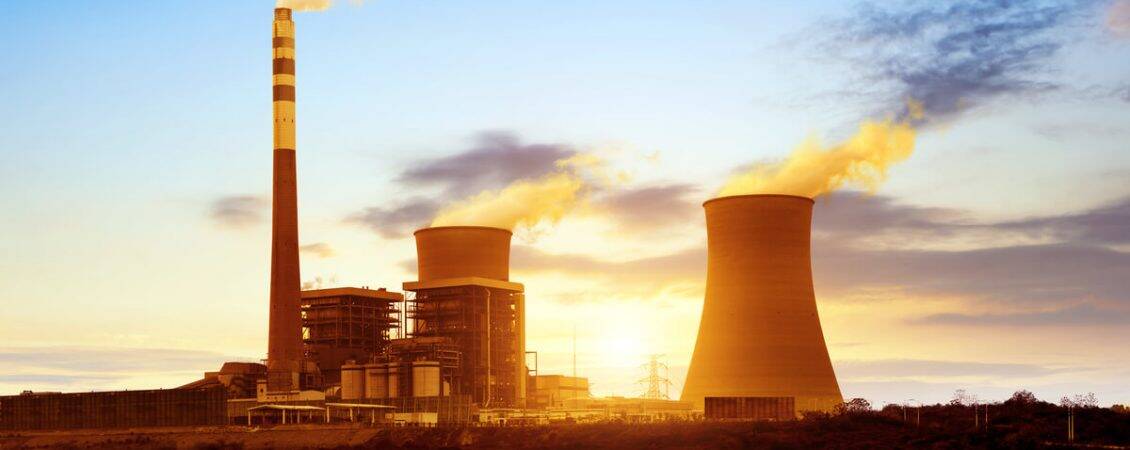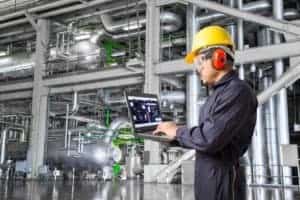Strategic Workforce Planning for New Nuclear Power Plant

Nuclear power is undergoing a tremendous renaissance, with 60 reactors currently being constructed in 13 countries and about 500 further reactors already under contract or planned within the next two decades. More than 150 different projects, many of them joint ventures, are competing against each other to attract technology suppliers. If projects are implemented as their owners intend, global investment volumes will be in the range of the annual gross domestic product of leading European countries and will exceed thousands of billions of euro. Typically, owners run their projects to very tight time schedules but in many cases, the project team is new to the nuclear sector or has only limited nuclear new build experience. This article, “Strategic Workforce Planning for New Nuclear Power Plant”, analyzes trends and challenges in the nuclear industry with regard to new build projects as well as providing insights into how to choose the right forecasting technique to evaluate workforce demand across each phase of new nuclear power plant building program.
Getting things done right from the start
For any organization, key human resource processes such as training, recruitment, and remuneration must be synonymous with its workforce planning. The importance of a strategic workforce planning initiative is even better highlighted when engaging massive projects that often require vast inputs in terms of resources, time, policy-development, and manpower (Richard et al., 2013). For instance, as more countries continue to venture into nuclear power because of its benefits in terms of energy and security, a detailed workforce plan is crucial for the success of such a project (Bechtolsheim & Krise, 2010; Zhou et al., 2011). In turn, considering a country’s nuclear goals paves the way for an effective workforce plan. Nonetheless, it is important to realize that the workforce plan will cover a long-term strategy as opposed to a one-time project; thus, human resources should be allocated to the project based on different phases and their requirements (Jewell, 2011). Therefore, it is crucial to consider the availability and quality of non-nuclear personnel, existing nuclear educational programs, access to international and local expertise, as well as the nature and scope of the building program (IAEA Nuclear Energy Series, 2011).

In the first phase, planning, a Nuclear Energy Program Implementation Organization (NEPIO) should focus on using a small workforce from different departments in the government and a few external consultants on nuclear energy (IAEA Nuclear Energy Series, 2011). The size in this phase should be less than 20 as external professionals educate government professionals on the functions of NEPIO. While government workers may not be experienced in nuclear power, they should have the knowhow on infrastructure and energy development (European Commission, 2016). The successful training of government officials and other members in NEPIO will help ensure that in phase II, they work as senor consultants in the planning and implementation of the nuclear program.
For phase II, site investigation and bidding, the number of NEPIO members who oversee the project should mostly range from 20 to 50 (IAEA Nuclear Energy Series, 2011). The initial members in phase I will help guide the new personnel, which may see a technical end to NEPIO.

Most responsibilities in this phase can be divided among different organizations such as the operating and regulatory organizations. The regulatory team should mostly include 40-150 personnel experienced in safety regulations and legal regulatory processes. The operating organization includes the highest percentage of the workforce with about 500-1000 members (IAEA Nuclear Energy Series, 2011). Their main task is to organize operations in the facility and oversee the recruitment of other employees who will be required to work in phase III. In most cases, this group receives training from external professionals on the preparation of emergency reports, ensuring safety measures, establishing management systems, and performing other functions focused on ensuring efficiency (IAEA Nuclear Energy Series, 2011).
The third phase, design, and construction will require a project team that will comprise senior executives from NEPIO and external professionals to help ensure the success of the project (IAEA Nuclear Energy Series, 2011). However, most of these staff will be working in other organizations that help in the implementation of the project. The team is required to have professional expertise in the mentioned area, which will mainly comprise of knowledge gained through the first two phases (Goodnight, 2009). The team should comprise approximately 100-200 members although some of these employees will be included in operations and regulation organizations (IAEA Nuclear Energy Series, 2011). Besides, each individual plant will need a workforce of 700 to 1000 employees with skills in operating the plant and ensuring all safety measures are implemented (Roelofs et al., 2011; Simonovska, 2012). However, a linear relationship between direct employment and capacity would help determine the number of employees (Kenley et al., 2016). For a country building its first plant, it is important to ensure at least 50% of the employees have worked in other countries or undergone training in areas with developed nuclear plants (Mazour, 2007).
Since the project will take place over a long period, reviewing the skills of employees and increasing the workforce will help ensure that the capacity and quality requirements are met. Training will be essential in improving employee skills and expanding the program. Further, external professionals will also help in the post-implementation assessment of the program. Therefore, workforce planning must consider all these factors to foster efficiency in service delivery.
References
Bechtolsheim, M. & Krise, M. (2010). Nuclear new build unveiled: Managing the complexity challenge. Arthur, D. Little.
European Commission. (2016). Top-Down Workforce Demand from Energy Scenarios: Sensitivity Analysis. Retrieved from http://ehron.jrc.ec.europa.eu/sites/ehron/files/documents/public/ehro-n_2016_top-down_workforce_demand_energy_scenarios_sensitivity_analysis_0.pdf
IAEA Nuclear Energy Series. (2011). Workforce planning for new nuclear power programmes. Retrieved from http://www-pub.iaea.org/MTCD/Publications/PDF/Pub1477_web.pdf
Goodnight, A. (2009). 2009 U.S. Nuclear Plant Staffing. Nuclear Newsletter – October 2009. Vienna, USA: Goodnight Consulting Inc.
Jewell, J. (2011). Ready for nuclear energy?: An assessment of capacities and motivations for launching new national nuclear power programs. Energy Policy, 39(3), 1041-1055.
Kenley, C. R. et al., (2004). U.S. Job creation due to nuclear power resurgence in the United States; Volumes 1 and 2. Idaho, USA: INEEL/EXT-04-02384.
Kosilov, A., Yanev, Y., & Mazour, T. (2009). Knowledge management for a new nuclear power infrastructure. International Journal of Nuclear Knowledge Management, 3(4), 431-440.
Richard K. Lester., & Verma, Aditi. (2013). Manpower development for new nuclear energy programs. Massachusetts Institute of Technology: Dept. of Nuclear Science and Engineering.
Mazour T., (2007). Milestones in development of a national infrastructure: Human resource development. Vienna, Austria: Technical Meeting/Workshop on Milestones for Nuclear Power Infrastructure Development (TM-33552).
Roelofs, F., Hart, J., & Heek, A., (2011). European New Build and Fuel Cycles in the 21st Century. Nuclear Engineering and Design, 241(1), 2307-2317.
Simonovska, V., (2012). Modelling Study – EHRO-N data contribution (Excel file). Petten, Netherlands: JRC-IET.
Zhou, Y., Rengifo, C., Chen, P., & Hinze, J. (2011). Is China ready for its nuclear expansion? Energy Policy, 39(2), 771-781.
Author